Page
Last Updated:
Tuesday, 09 December 2025 17:24 EDT, © 2022, 2023, 2024, 2025

The Books:
My wife had Alzheimer's and didn't really know who
I was. But I knew her.
She died on August 28, 2025. And now I remember her with every word
that I write.
-
Dark Energy Series - 6 books: What if telepathy actually exists? How would you prove it? And what if this projective telepathy created positive feedback, enhancing sexual stimuli?
What if you could induce telepathy in others? What would the social implications be?
Robert Adams, PhD, was an independent consultant in
mathematics and physics and his fiancée, Eva Bailey, PhD, was a
neuro-biologists at the Oak Ridge National Lab. In an accident, Robert
and Eva discovered that they could communicate telepathically. They
enlisted their friends at the Lab to help: physicist Selena Bethune, PhD,
engineer Harold Farley, PE, organic chemist Daniel Kahn, PhD, and his wife,
biochemist Miriam Larson, PhD.
-
Discovery:
[9/20/20, Pub July 2025] Telepathy is real - and a problem
-
Vindication:
[12/16/20, Pub July 2025] Telepathy is real, sexy and lucrative
-
The Swift War:
[7/19/21, Pub August 2025] Telepathy is real - and a threat to China
-
Gorillas:
[8/26/21, Pub August 2025] Telepathic gorillas and Russian aggression
-
Society:
[3/1/22, Pub September 2025] Telepathy affects societies
-
Cultures:
[4/23/22, Pub September 2025] Telepathic gorillas discover religion
-
Sciences used and abused: Physics - ultra-high
energy gamma rays, volcanoes; biology - pineal gland, cognitive processing;
mathematics - information theory, topology; anthropology; sociology;
military science.
-
|
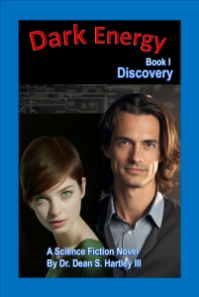  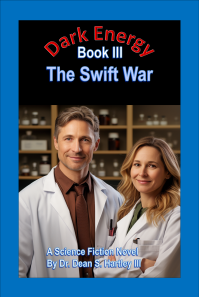
 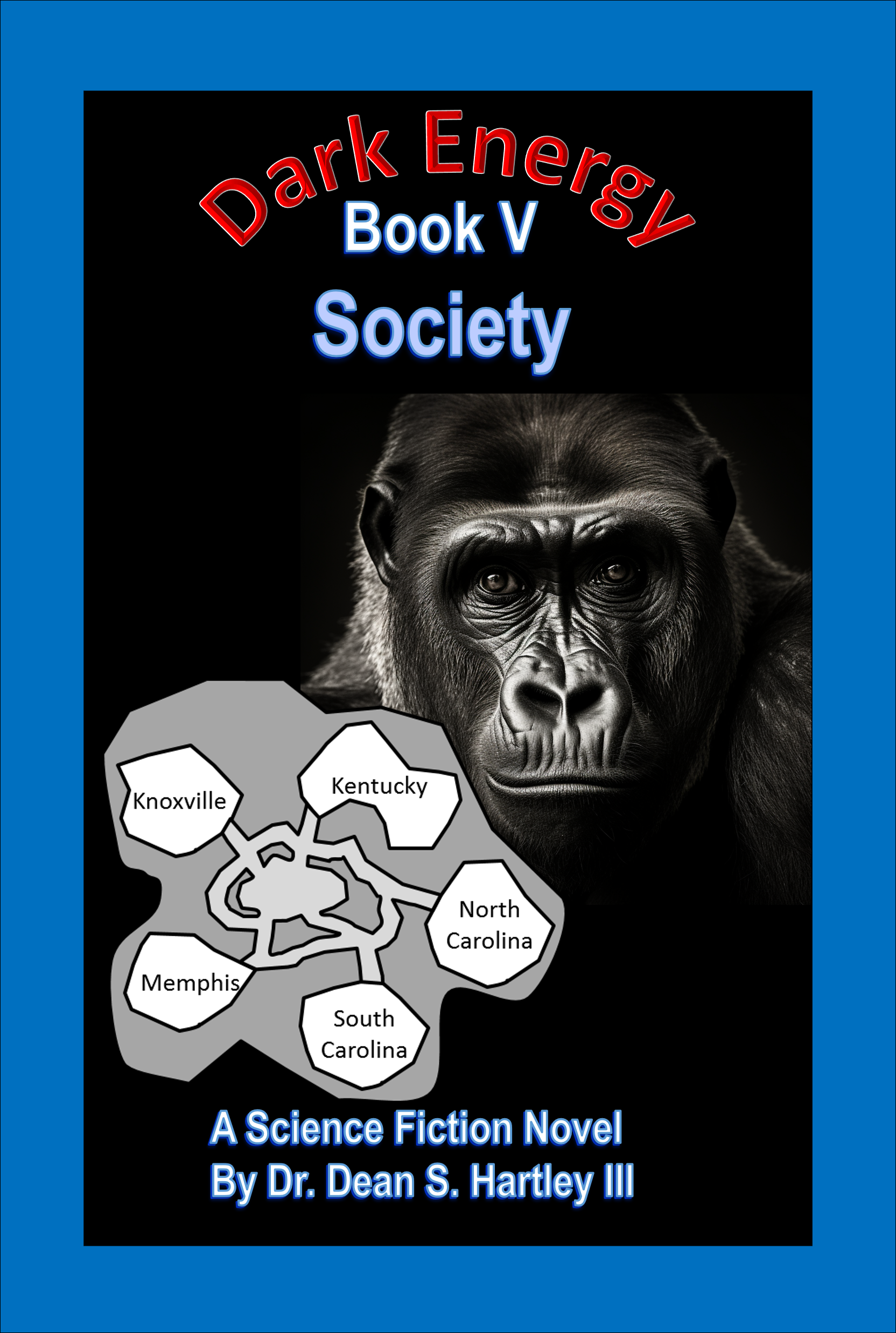 
|
-
Persistence of Vision Series - 6 books: What if quantum events could be controlled mentally? What kinds of things could you do with that control?
Could you make money doing it? What would such an ability say about what the mind is?
Ross MacDonald discovered that he could snuff a candle's
flame just by thinking at it. Ross amazed his three postdoc friends
with this act. Ross was a postdoc in physics; George Williams was in
chemistry; Carl Wallace was in philosophy; and Frank Davis was in
physiology. Over the next few days they got to know Chrissy Jones, an
assistant professor in chemistry, and Brandy Evans, an assistant professor in
philosophy. Later Ross met Leanne Wallace, Carl's sister, and Frank
met Peggy Jackson, Leanne's best friend. Together, they worked to turn
Ross's parlor trick into something serious.
-
Quantum Magic:
[4/3/21, Pub October 2025] Quantum randomness presents opportunities
-
Peggy:
[6/13/21, Pub October 2025] Quantum randomness is lucrative
-
Barbara:
[9/25/21, Pub November 2025] Teleportation through quantum randomness
-
Brandy:
[10/30/21, Pub November 2025] Practical teleportation and Chinese mimicry
-
JJ:
[12/4/21, Pub November 2025] Quantum randomness and nuclear attacks
-
Skylark:
[1/8/22, Pub December 2025] Quantum space travel becomes a reality
-
Sciences used and abused: Physics - quantum
theory; biology - neural processing, cognitive processing;
mathematics - information theory, topology;
chemistry;
military science; philosophy - free will, mind-body
problem.
-
|
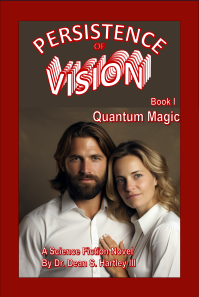 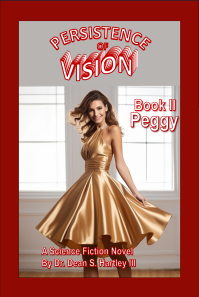 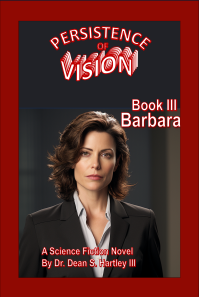
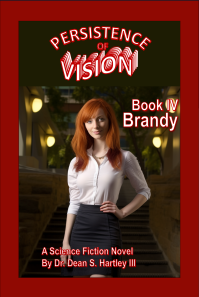  
|
-
Sense of Gravity Series - 7 books: What if you could produce the warped space that is called gravity without having any mass at the center of the “gravity well”?
Could you build a space drive with this capability? Where would you go if you had such a space drive?
Charles Anderson had finished his PhD in physics and was
taking some time off to investigate an anomaly. The anomaly turned
into a gravity well and together with Catherine Hall and her family, he
worked on creating a space drive.
-
Earth:
[5/28/22] Mathematics leads to a space drive
-
Moon:
[7/5/22] The space drive leads to a Moon base
-
Mars:
[10/18/22] Aliens were on Mars before us
-
Asteroids:
[12/6/22] Space wars are matters of minutes
-
Jupiter:
[2/4/23] An FTL
hyperdrive changes things
-
Colonies:
[5/13/23] Colonizing the Moon and Mars
-
Centauri:
[6/27/23] The stars
are in reach
-
Sciences used and abused: Physics -
gravitation, special relativity, orbital mechanics; mathematics -
topology;
military science; planetary sciences;
astronomy; geology; astrogeology; chemistry.
-
|
 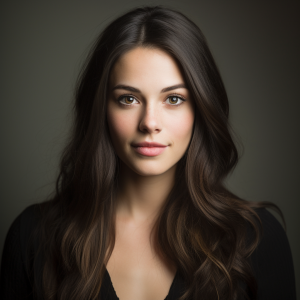 Chuck and Cathy
|
-
Folded Universe Series - 6 books: What if the imaginary dimension that is necessary in standard physics equations were an actual dimension like length, width, and depth?
And what if the universe were folded in that dimension so that parts of the universe that are distant in the standard dimensions were close in that new dimension?
What would you find if you could travel in that direction?
Robert McDonald was starting his first year as an
assistant professor of mathematics. Susan Fletcher was also starting
as an assistant professor, but her field was physics. Together they
discovered how to open a portal through an imaginary dimension to somewhere
else.
-
Jura:
[3/27/23, Pub March 2025] An imaginary dimension yields a new planet
-
Jura Colony:
[8/13/23, Pub March 2025]
Portals lead to big changes
-
Yucatan: [10/1/23,
Pub April 2025] Asteroids can be dangerous
-
Hades:
[11/18/23, Pub May 2025] Describing
the folded universe is important
-
Settlements:
[1/12/24, Pub May 2025]
Hunting dinosaurs for trophies can be dangerous
-
Herders:
[4/9/24, Pub June 2025] The
survivors of the Yucatan disaster need to recover
-
Sciences used and abused: Physics -
curved space; mathematics -
topology;
military science; planetary sciences;
astronomy; anthropology; sociology; geography; geology.
-
|
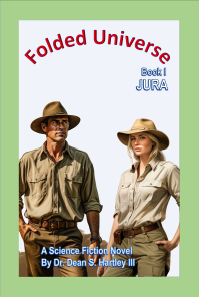  
 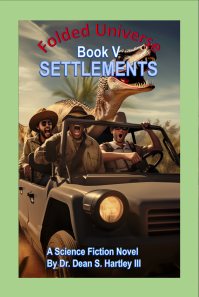 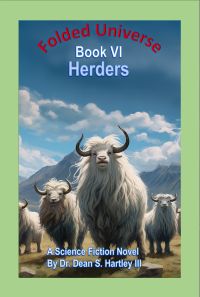 |
-
Force-Fields Series
- 7 books: What if you could create an
impenetrable force-field shield? What if you could compress distances a
million times? What else could you do?
Dr. Jack Kelly and Dr. Jane Kamakahi met at a physics conference in Hawaii.
They decided that by working together, they could create the force-fields of science fiction … or something like them.
-
Jack:
[1/23/25]
Jack Kelly went to Hawaii for a conference and a mini-vacation. He
found much more.
-
Jane:
[3/12/25]
Roadways in the skies present opportunities and problems.
-
Keola:
[5/14/25]
Steam-powered spaceships seemed like something from pulp fiction, but
they were close to a reality.
-
Spaceport:
[7/6/25]
Building a spaceport on top of the Haleakala volcano on Maui in Hawaii makes more sense than might be apparent.
-
Moon Pirates:
[8/27/25]
Some song topics hit a little close to reality.
-
Squadron:
[10/16/25]
A Space Force Moon base, a lunar hotel, and a NASA Moon base - targets
all.
-
Aliens:
[11/28/25]
Narco-state spaceships and aliens: Life was calm.
-
Sciences used and abused: Physics, tensor and spinor fields.
-
|
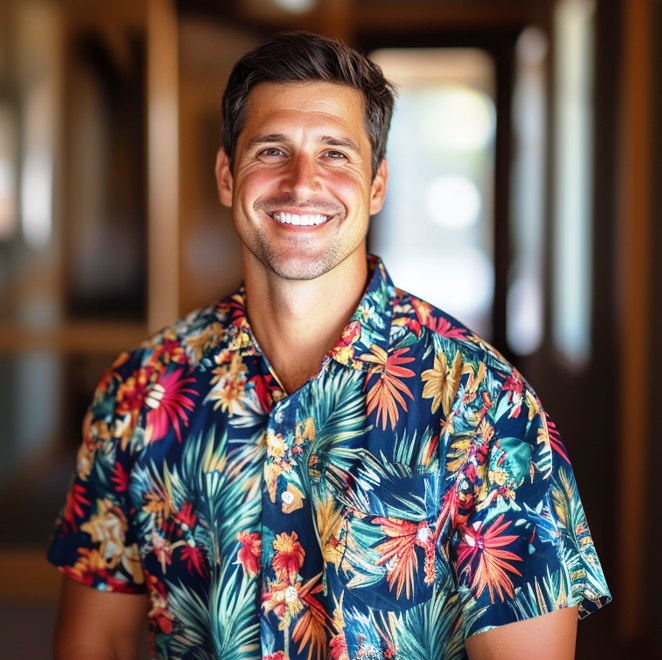 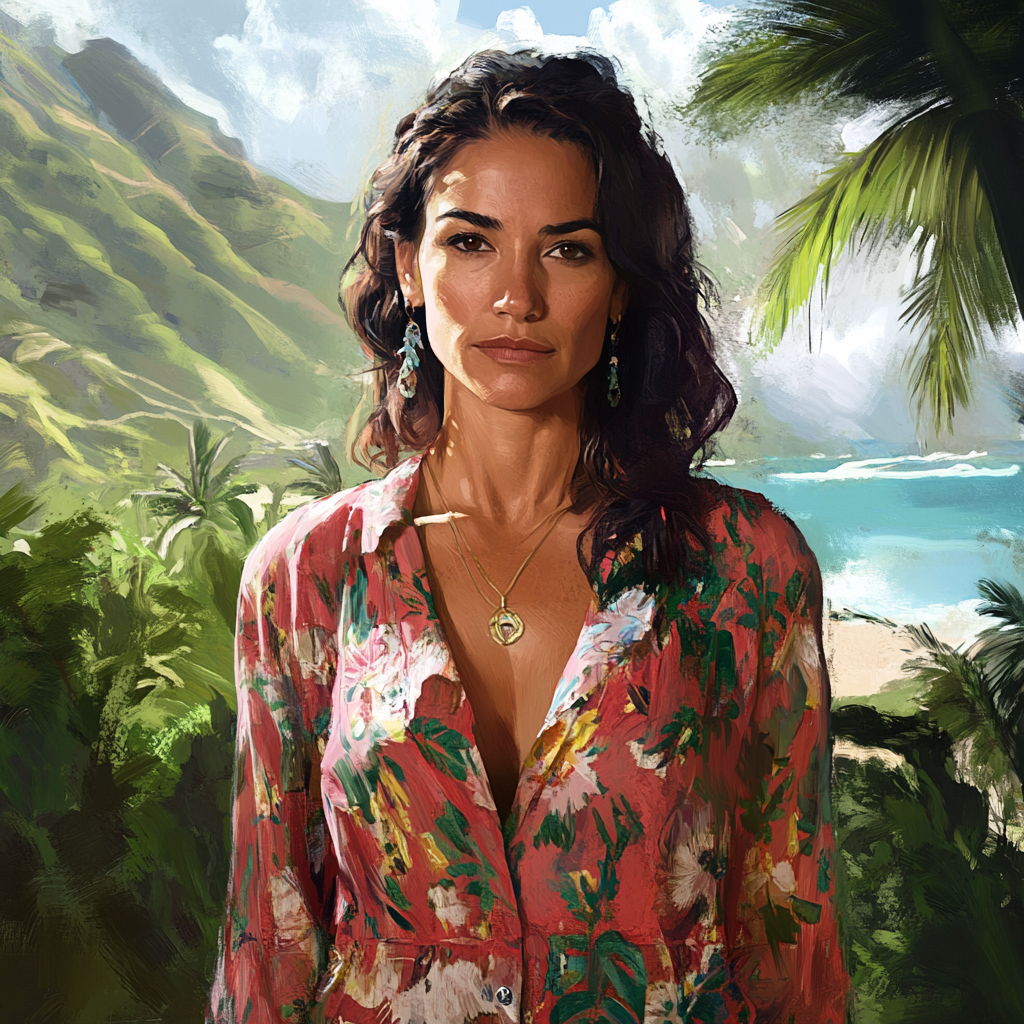
Jack and Jane
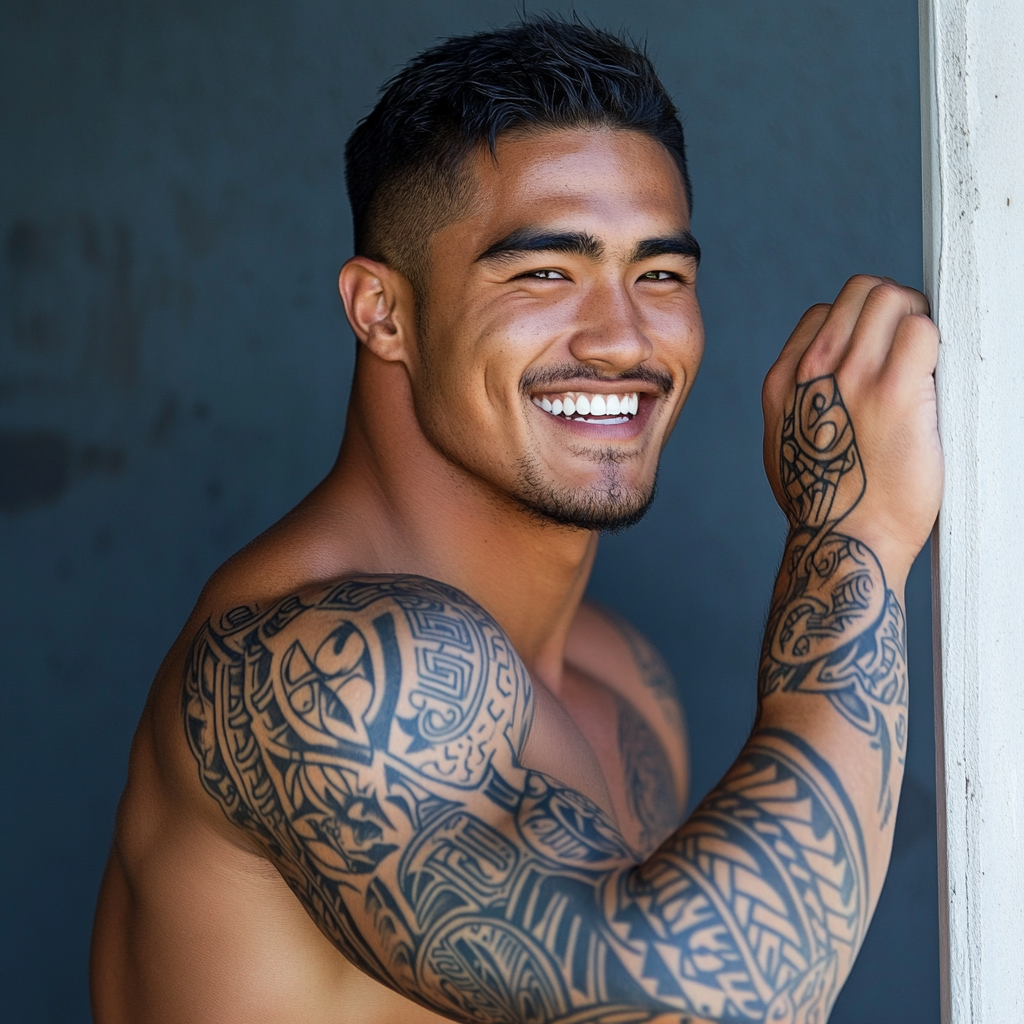
Keola
|
About the Novels:
Each novel belongs in one of the series and should be read in
series order. However, each series is independent of the other series, so
a reader can start with any series that he or she likes.
Science
Since these are science-fiction novels, the science is
important. Each series is based on its own critical assumption about
unknown parts of science. That is, I have assumed that something is
possible and tried to develop a plausible and consistent union of this
assumption with known science. The rest of the science is as accurate as I
have been able to make it - there could be errors; however, I've tried to avoid
making any.
Business
Each series involves building a business to support the
characters' activities; therefore, there are descriptions of some business
financial and operational activities. The characters in my novels live in the real world.
That means they have to support their scientific researches in one way or
another. Most of the characters do not start out so wealthy that money is never a
consideration and, thus, they have a "day job," which is a consideration.
Generally, this means that they have had to find ways to make money off their
inventions or discoveries. That meant the accounting had to be correct; the income had to be balanced
against the expenses of these made-up businesses. I have simplified some
of the tax implications, but not removed them. And the details of the
businesses that they create drive parts of the stories, just as they do in real
life. In some cases, the
business aspects also contributed to the problems the characters encounter.
Sex
My novels contain sexual
situations; the Dark Energy series explores the impact of telepathy on sex and
the other series contain sex as a part of the lives of the characters. On
a scale of 0 - 5, where zero contains no sex and five represents pornographic
descriptions, I would say that the sex in these novels is at a level 3 to 4. Therefore, these books
are not for children. In the first series, Dark Energy, I had to treat sex
explicitly; that was one of the implied effects of the scientific assumption.
In the other series, sex was not a critical issue; however, the characters had
lives to live and that is part of life. I could have glossed over the sex, but
chose to continue describing it in the same way as I had in the first series.
Religion
My novels also contain explicit Christianity; the characters
go to church regularly and discuss Christian morals and general ethics.
There are also snippets of the sermons that are delivered in church included in
the stories. When I began writing science fiction, as a long-time reader of SF and as a Christian, I was aware of the different ways that religion and Christianity had been portrayed over the years by many authors in their SF stories. In many, religion was not treated at all; it wasn’t important to the story or to the characters. In some stories, such as the Narnia series by C. S. Lewis (Lewis, 1950) and Tolkien’s Middle Earth stories (Tolkien, 1965), Christianity was used allegorically. A few explicitly included Christianity, such as Weber’s Honor Harrington series (Weber, 1993), Kurtz’ Deryni series (Kurtz, 2014), and
Inferno by Niven and Pournelle (Niven & Pournelle, 1976). Some books began with standard Christianity and then modified it, such as Heinlein’s
Job: A Comedy of Justice (Heinlein, Job: A Comedy of Justice, 1984) and
Stranger in a Strange Land (Heinlein, Stranger in a Strange Land, 1961). Some authors have used religions other than Christianity in a book, such as Zelazny’s
Lord of Light (Zelazny, 1967) and some have invented a religion, such as Modesitt in the Imager series (Modesitt Jr., 2009). And then some have treated Christianity as a bad thing (Pullman, 2000).
Therefore, I had a wide variety of models for including religious or spiritual practices in my novels. In a short story, there isn’t room for anything but the most critical elements of the story; hence, it’s not surprising when a short story doesn’t mention religion. However, a novel has more scope and the full development of the novel’s characters supports revealing the religious feelings of at least the main character.
I wanted my characters to be similar to the people I admire and that meant they would go to church regularly. They might miss a Sunday here and there because of some important event; however, their default practice would be to attend church. Further, I wanted my characters to be serious about their faith. I see this in the world I inhabit, so I wanted to ground the more fabulous parts of my novels in as much reality as possible.
So, I began to write. At first, the novels’ contexts just contained regular attendance at church. However, saying, “And he went to church,” grew old. The preacher had to say something worthwhile in a sermon occasionally. Then the characters began to take over and when they ran into problems, they had to consider the solutions. Sometimes that involved a moral or religious question. Since I didn’t have a theologian to generate the sermons or solutions, I had to read the relevant parts of the Bible for a weekly sermon and generally think about the questions my characters were raising. That means the results did not come from some tablets of gold, nor have they been blessed by a committee
of priests and theologians. They come from the author, me, and are based on the inspiration of the Holy Spirit. The fidelity of my writing to that inspiration is absolutely subject to debate.
Characters and Plots
A novel requires a plot and characters. Within the stories spying and combat take
place; however, the descriptions aren't particularly bloody. I discovered
that my characters had personalities; I couldn't just direct them to follow a
simple plot. Therefore, the plots evolved to meet the needs of the
characters and how they would react to the developing situations. The characters
would also have to travel and that meant the local descriptions had to be
realistic. Therefore, almost all of the locations are places in which I
have lived or spent some time visiting. Finally, I want to note that the initial books in each series
are simpler than the later books. As the stories evolve, the characters
meet and interact with more people and the number of sub-stories increase.
I've attempted to make the character list at the beginning of each book grow with the
increase of characters. I also had to age the principal characters
properly; birthdays occur and the stories need to reflect the ages properly.
Literature
When I started reading science fiction, it was classed as pulp fiction and undeserving of literary notice.
However, I understand that some colleges have courses in science fiction now.
In one of the series, one of the characters is an English major and develops a
technique using Hilbert spaces in her analyses of literature. I thought it
would be fun to use that technique to analyze my novels and other books. There is a rudimentary literary analysis of the novels
here.
Use of Artificial Intelligence
None of the text of any of my novels has been generated by
any Artificial Intelligence (AI) product. I created the figures that are
contained in the novels by conventional means; however, the pictures that look
like photographs - except for a few that are actual photos that I took and two
of my father's paintings - are AI
products. I used the Midjourney AI system and prompted it until it
generated figures that I liked. I regard this as a collaborative effort -
it wasn't easy getting the pictures I wanted.
Cited Works
Heinlein, R. A. (1961). Stranger in a Strange Land. New York: G. P. Putnam's Sons.
Heinlein, R. A. (1984). Job: A Comedy of Justice. New York: Ballantine Books.
Kurtz, K. (2014). The King's Deryni. New York: The Berkley Publishing Group.
Lewis, C. S. (1950). The Lion, the Witch and the Wardrobe. New York: Macmillan Publishing Company.
Modesitt Jr., L. E. (2009). Imager. New York: Tom Doherty Associates.
Niven, L., & Pournelle, J. (1976). Inferno. New York: Pocket Book.
Pullman, P. (2000). His Dark Materials. New York: Random House.
Tolkien, J. R. (1965). The Lord of the Rings. Boston: Houghton Mifflin.
Weber, D. (1993). On Basilisk Station. Riverdale: Baen Publishing.
Zelazny, R. (1967). Lord of Light. Garden City: Doubleday & Company, Inc.
Biography:
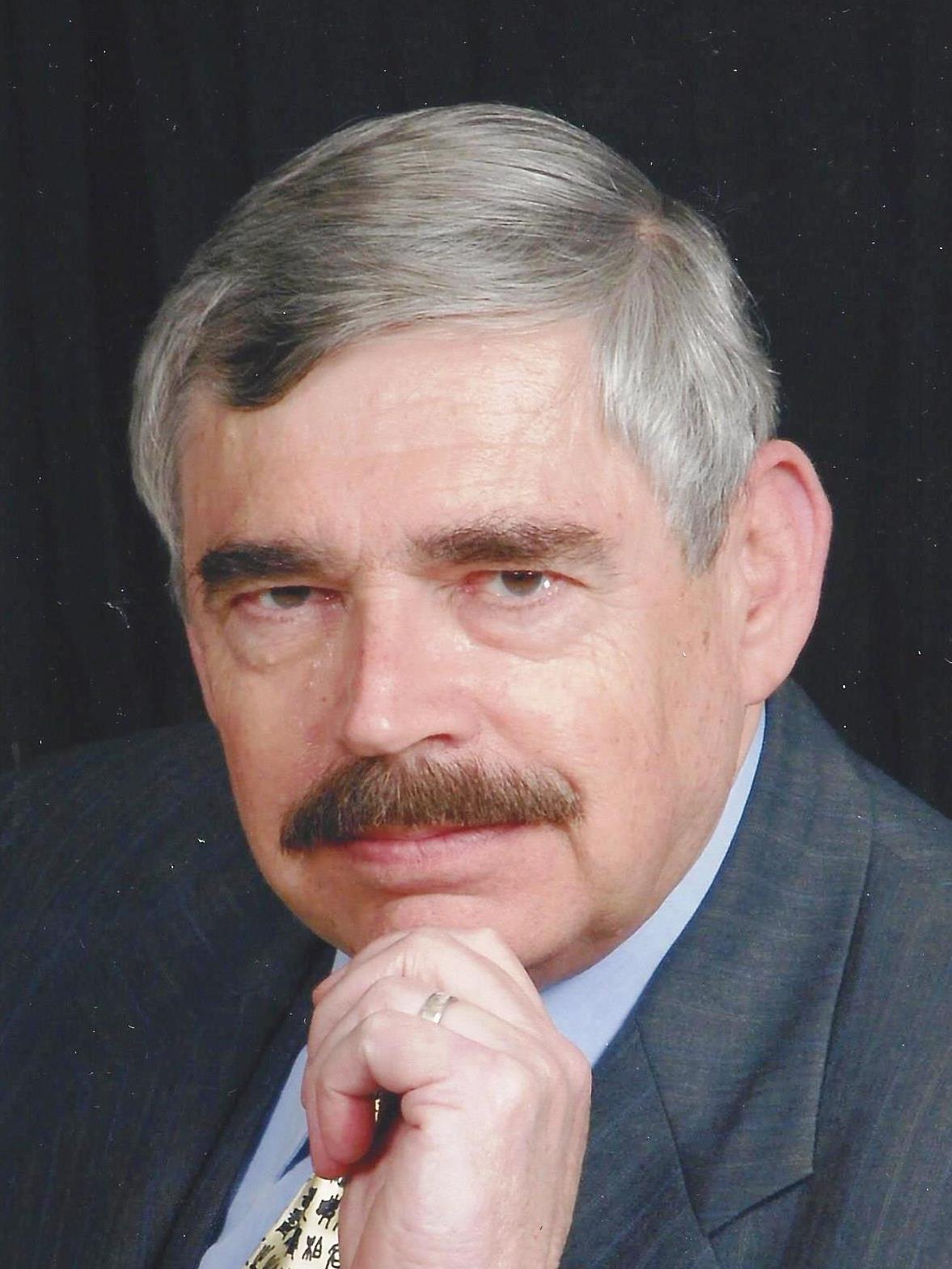 I started subscribing to Astounding/Analog Science Fiction/Fact in the ‘60s and more than 50% of my 7500+ book library is SF. So, I have read a lot of science fiction over a large number of years. I have lived and read through a large portion of its history and know how to recognize the ones with solid scientific backgrounds and which ones contained characters that I grew to care about and wanted to read more about. So, now I'm writing SF; I'm writing books with stories that I want to read, populated by people I like, and based on science as we know it today, with the exception of one or two extrapolations that make the stories science fiction.
I started subscribing to Astounding/Analog Science Fiction/Fact in the ‘60s and more than 50% of my 7500+ book library is SF. So, I have read a lot of science fiction over a large number of years. I have lived and read through a large portion of its history and know how to recognize the ones with solid scientific backgrounds and which ones contained characters that I grew to care about and wanted to read more about. So, now I'm writing SF; I'm writing books with stories that I want to read, populated by people I like, and based on science as we know it today, with the exception of one or two extrapolations that make the stories science fiction.
I
am the Principal of Hartley Consulting.
I am also the Chief Operating Officer (COO) and Vice President of
Sisyphus Energy, Inc. (SEI).
Previously I was a Senior Member of the Research Staff at the Department of
Energy Oak Ridge Facilities (Oak Ridge National Laboratory, Y12 Site and East
Tennessee Technology Park). I graduated
Summa Cum Laude, Phi Beta Kappa, from Wofford College in
1968, majoring in mathematics and foreign languages.
I received my Ph.D. in piecewise linear topology from the
University
of Georgia in 1973.
I've been active in the practice of operations research for more than 50
years.
I am a
past Director of the Military Operations Research Society (MORS), a past Vice
President of the Institute for Operations Research and Management Science
(INFORMS), a past President of the Military Applications Society (MAS), and a
member of the INFORMS Simulation Society (ISIM).
I also served as the Technical Advisor for Operations Research and
Modeling to the International Psychopharmacology Algorithm Project (IPAP).
I am a Senior Fellow with the George Mason University School of Public
Policy,
a consulting resource for the Naval Postgraduate School (NPS), Modeling, Virtual
Environments & Simulation (MOVES) Institute, and a Research Fellow with the
University of
Alabama
in Huntsville,
Center for the Management of Science and Technology (CMOST).
I've co-authored Cognitive
Superiority: Information to Power (2020), authored
An Ontology of Modern Conflict: Including Conventional Combat and
Unconventional Conflict (2020),
An Ontology for Unconventional Conflict
(2018)
Unconventional Conflict: A Modeling Perspective (2017),
Predicting Combat Effects (2001), co-authored OOTW Analysis and
Modeling Techniques (OOTWAMT) Workshop Proceedings (1997) and
NATO Code
of Best Practice for C2 Assessment (2002), contributed eleven chapters to
nine other books, and written more than 150 articles and technical documents.
My expertise includes modeling of combat, DIME/PMESII (diplomatic,
information, military, economic / political, military, economic, social,
information, infrastructure) operations, verification,
validation, and accreditation (VV&A) of models, psychopharmacology modeling, and
simulation. I received the
Koopman
Prize for best publication in military operations research in 1994 and the
Steinhardt Prize for lifetime achievement in operations research in 2013.
In 2022, I was presented the MORS
Clayton J. Thomas Award for
distinguished professional service and expanded application of military and
national security research.
Motto: There's more to life than reading books
... but I don't remember what it is.
To contact me, use my initials 'DS' lastname 'Hartley' the
number '3' and 'comcast.net' - make the subject line 'Science Fiction Books' or
something similar.
 Return to Dr. Dean S. Hartley III Entrance.
Return to Dr. Dean S. Hartley III Entrance.
















 I started subscribing to Astounding/Analog Science Fiction/Fact in the ‘60s and more than 50% of my 7500+ book library is SF. So, I have read a lot of science fiction over a large number of years. I have lived and read through a large portion of its history and know how to recognize the ones with solid scientific backgrounds and which ones contained characters that I grew to care about and wanted to read more about. So, now I'm writing SF; I'm writing books with stories that I want to read, populated by people I like, and based on science as we know it today, with the exception of one or two extrapolations that make the stories science fiction.
I started subscribing to Astounding/Analog Science Fiction/Fact in the ‘60s and more than 50% of my 7500+ book library is SF. So, I have read a lot of science fiction over a large number of years. I have lived and read through a large portion of its history and know how to recognize the ones with solid scientific backgrounds and which ones contained characters that I grew to care about and wanted to read more about. So, now I'm writing SF; I'm writing books with stories that I want to read, populated by people I like, and based on science as we know it today, with the exception of one or two extrapolations that make the stories science fiction.Return to Dr. Dean S. Hartley III Entrance.